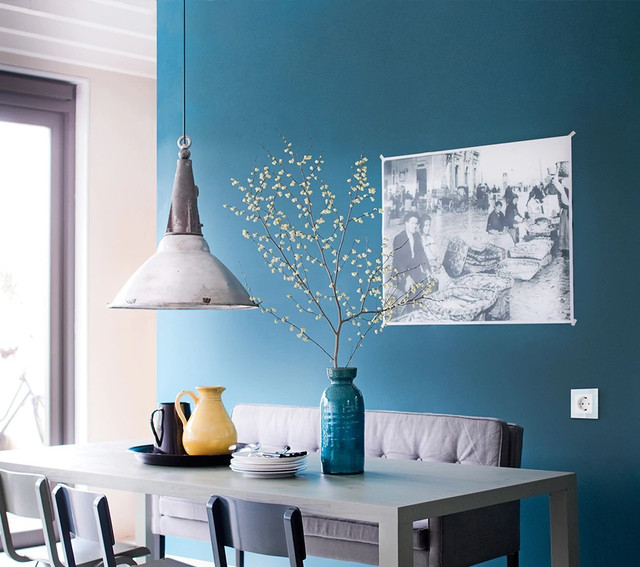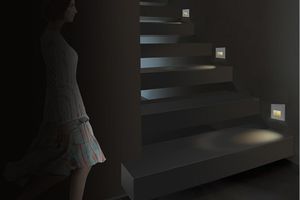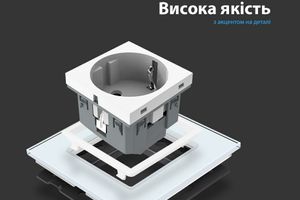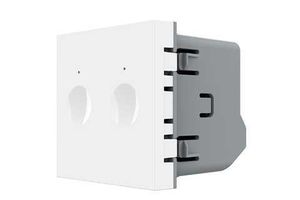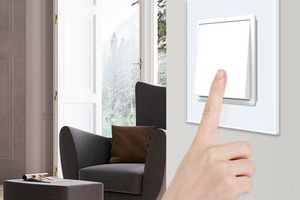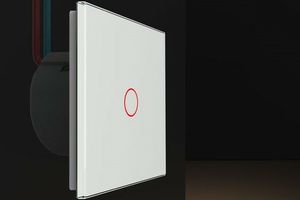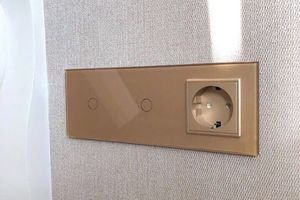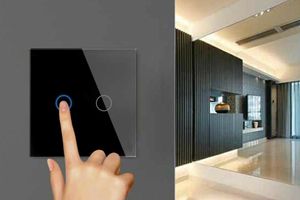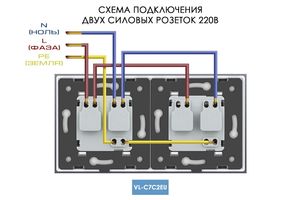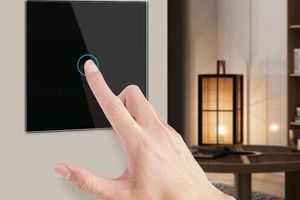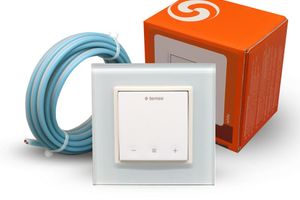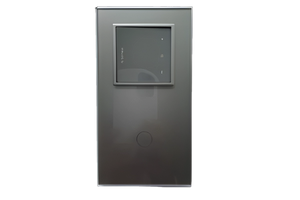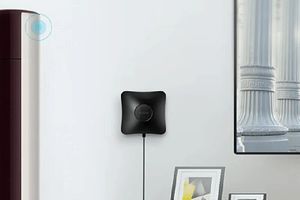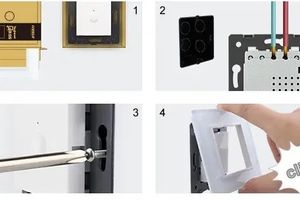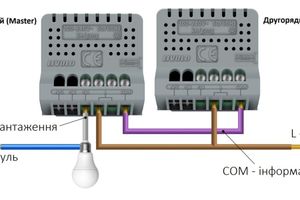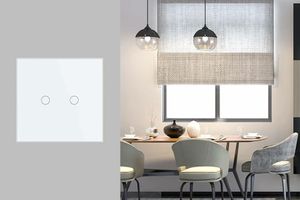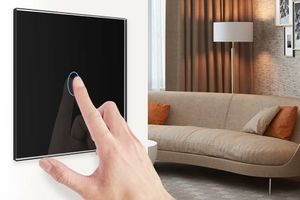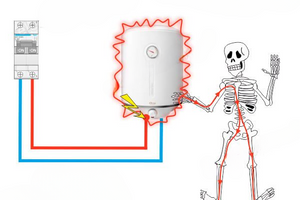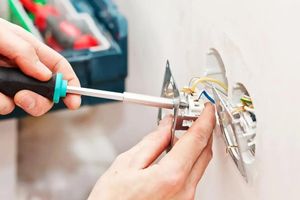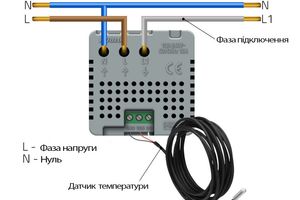Proper placement of electrical outlets in the kitchen is an important component of comfort and safety in the space. It can affect the efficiency of work and provide convenient access to electricity while preparing food. However, which outlets to install and where to place them is a question to consider.
How many electrical outlets need to be installed in the kitchen to have a proper system?
First and foremost, electrical outlets should be installed according to national norms and safety standards. For example, in Ukraine, the minimum height of an outlet from the floor should be no less than 300 mm, and from the work surface - no less than 500 mm.
Typically, at least three outlets are installed in the kitchen: one for the refrigerator, one for the stove, and another one for various electrical appliances such as a toaster, electric kettle, blender, multicooker, etc. If you plan to use a lot of different electrical appliances, the number of outlets can be increased. Also, consider the number of cooking zones and work surfaces.
In addition to the quantity, it is important to place the outlets in the right locations. For example, it's better to place the outlet for the refrigerator near its location. The outlet for the stove is better installed on top to avoid water or other liquids from getting onto the outlet.
Safety measures and placement of electrical outlets in the kitchen
The outlet for various electrical appliances is better placed at a distance of 40-50 cm from the work surface. This will make it accessible but not obstruct cooking. For convenience of use, you can install such an outlet at a height that is accessible to the user without needing to bend down or squat to reach it.
In addition, it is important to install outlets in places where they will be safe from contact with water and other liquids that may come into contact with them. For example, outlets should not be installed in the sink or drain area where water splashing is possible. Outlets for various electrical appliances should be installed at a distance from the kitchen work area where they will not interfere with cooking and will not come into contact with water splashing.
It is also important to pay attention to the material and design of the outlets. Outlets made of quality materials will be more durable and safer to use. The design of the outlets can also be an important criterion, as it affects the overall appearance of the kitchen. Some outlets may be exposed, while others may be concealed, which may be relevant to the style of the kitchen.
In conclusion, it is important to carefully plan and install electrical outlets in the kitchen, considering national norms and safety standards, as well as the number of electrical appliances and cooking zones. Proper placement, material, and design of the outlets will ensure a safe and functional electrical system in the kitchen.


















































